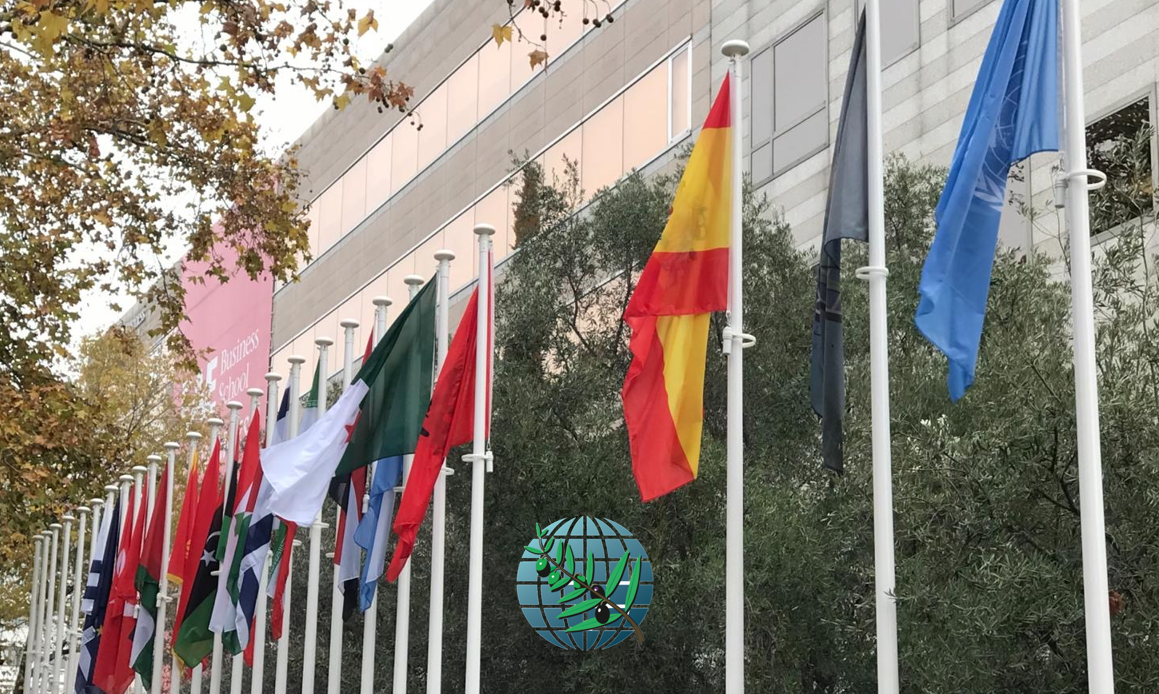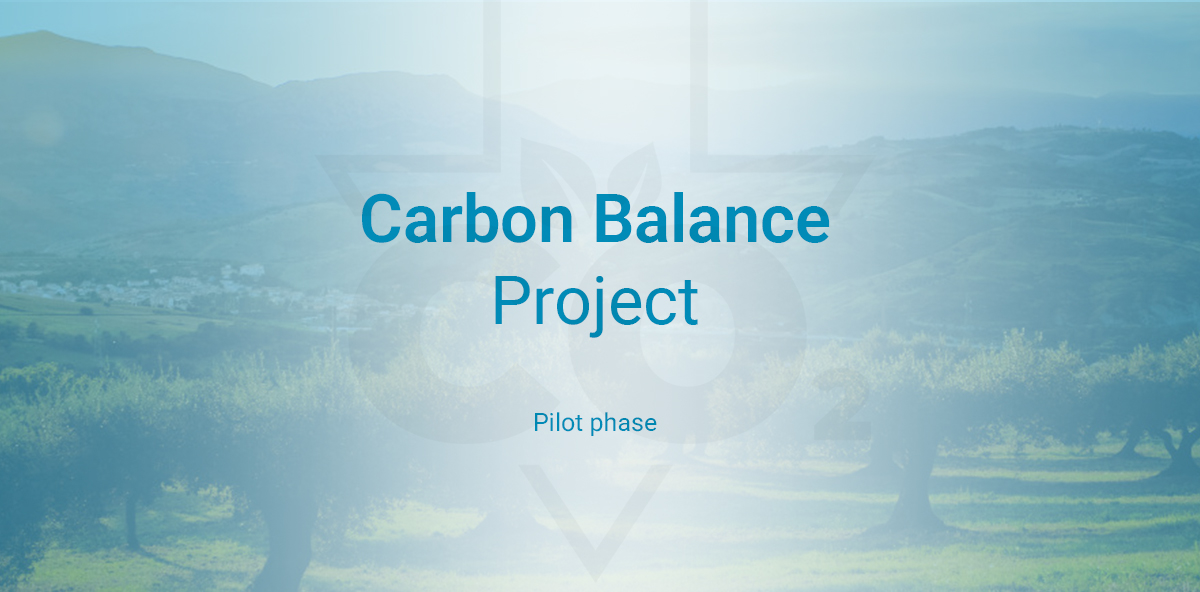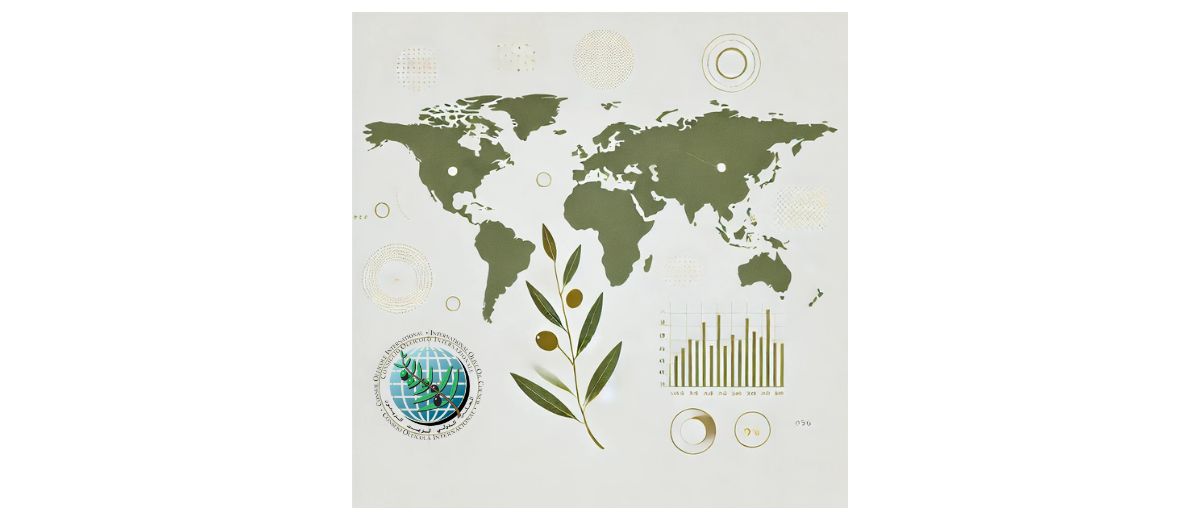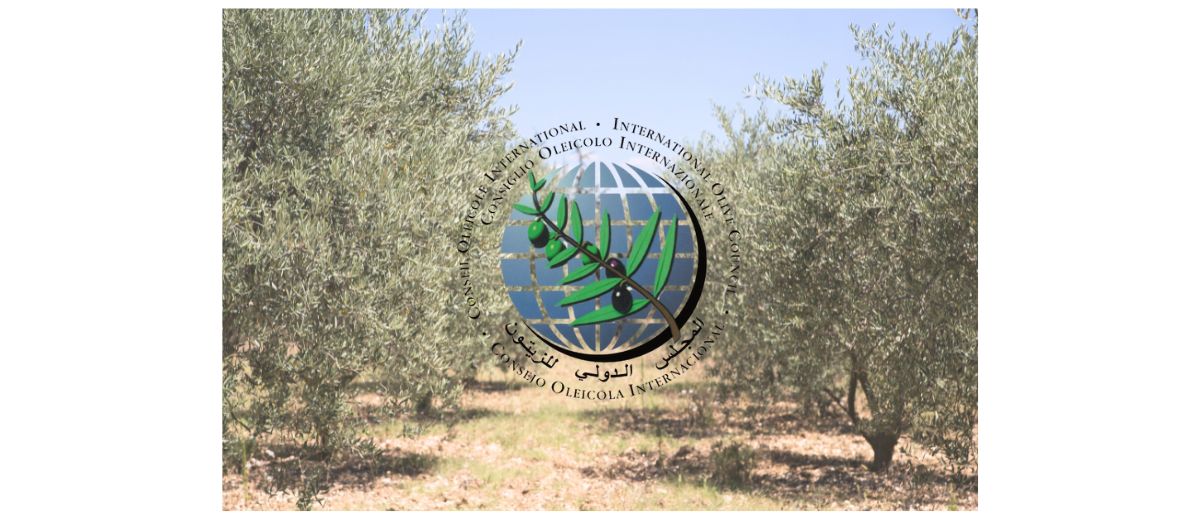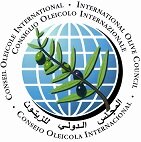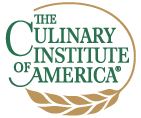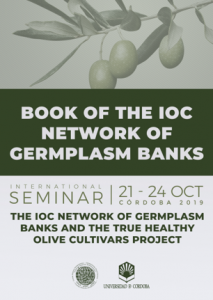 The cataloguing of the world’s existing olive cultivars has been a permanent challenge in olive cultivation since the time of classical Greco-Roman authors. In modern times, the cataloguing of cultivars has been a permanent objective in all olive-growing countries. The propagation of olive cultivars, however, has changed dramatically in the last 50 years.
The cataloguing of the world’s existing olive cultivars has been a permanent challenge in olive cultivation since the time of classical Greco-Roman authors. In modern times, the cataloguing of cultivars has been a permanent objective in all olive-growing countries. The propagation of olive cultivars, however, has changed dramatically in the last 50 years.
The problem is, however, the permanent confusion between denominations and correctly designated authenticated cultivars. The danger is the spread of non-conforming cultivars and devastating diseases along with marketed plant material. To overcome such dangers and confusion, the main criterion to be applied should be the uniqueness of each cultivar. This is a concept associated with a consistent universal agronomic expression of the same genotype.
Therefore, the production of plants that are true to type and free from pests and diseases according to the EPPO (European and Mediterranean Plant Protection Organisation) protocol has become mandatory for the olive sector. To address this issue, several countries are revising their protocols for plant certification. The germplasm bank network of the International Olive Council (IOC) will require the exchange of healthy and type-compliant plant material between member banks.
Present and future seminars of the IOC germplasm bank network aim to discuss and reach agreements on olive and cultivar identification protocols.
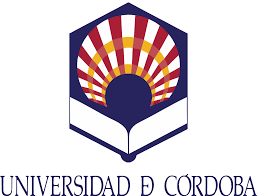 In a first step, THOC (True Healthy Olive Cultivars), a joint project of the International Olive Council and the University of Córdoba (UCO), will carry out the authentication and sanitisation of the 101 most propagated cultivars in olive growing countries. The plant material of these 101 cultivars will be available to all germplasm banks upon request, according to the protocol established by the IOC.
In a first step, THOC (True Healthy Olive Cultivars), a joint project of the International Olive Council and the University of Córdoba (UCO), will carry out the authentication and sanitisation of the 101 most propagated cultivars in olive growing countries. The plant material of these 101 cultivars will be available to all germplasm banks upon request, according to the protocol established by the IOC.
The book that we are presenting to you is the synthesis of the work of an important seminar that had several objectives: to review the current status of the IOC network banks; to define and adopt a protocol for the management and cataloguing of the olive cultivars of the IOC network; to present the status of the THOC project and its planned activities; to propose new joint activities.
You can download the book for free here: https://www.internationaloliveoil.org/wp-content/uploads/2021/08/ANNEXE-1-A-BOOK-OF-THE-IOC-NETWORK-OF-GERMPLASM-BANKS-Completa.pdf
